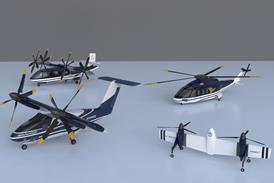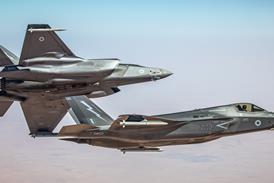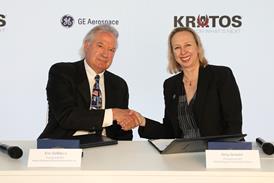When a famous French manufacturer of both military and civil aircraft makes a bold statement that the new interactive cockpit display technology destined for its business jet may be the most important product announcement in years, while some may be wary, there is no doubt about the direction aviation technology is taking.
While still far too early for the kind of operational feedback that will be essential for the claims made for the Honeywell/Dassault EASy cockpit to be substantiated, the work that it and others are doing to improve the man-machine interface in cockpits is to be welcomed.
Human error is still the major cause of accidents in both civil and military aircraft and it is well known that confusion in the cockpit during the most stressful phases of flight happens and is at least one of the causes.
While, in the field of unmanned aircraft, Dassault and others have shown that a new era of highly sophisticated pilotless vehicles has arrived, only a very few far-sighted souls are suggesting that humans will one day not be needed in the cockpit.
As such, it is incumbent on the industry to do something about assisting pilots to operate in what is becoming an increasingly complex airspace environment.
Airbus can reasonably claim to have shaken the aircraft/pilot interface tree more thoroughly than any other manufacturer in the last quarter century through the introduction of the fly-by-wire cockpit and associated flight envelope protection systems.
While popular with most pilots, (and certainly with airlines taking advantage of the resulting cockpit commonality), there is still dissent about the ease with which some pilots - and particularly those brought up on the old mechanical systems - have adjusted to the new flight control culture that digital technology makes possible.
A useful step forward is on the cards which takes desktop computer practises into the cockpit to relieve the pilot of some of the button-punching workload that diverts attention from the cockpit displays and outside world.
Merged with the vastly improved situational awareness technology now possible, the result should contribute to maintaining safety figures at an acceptable rate while allowing for the dramatic increase in air transport that all are predicting for the coming decade.
Source: Flight International




















